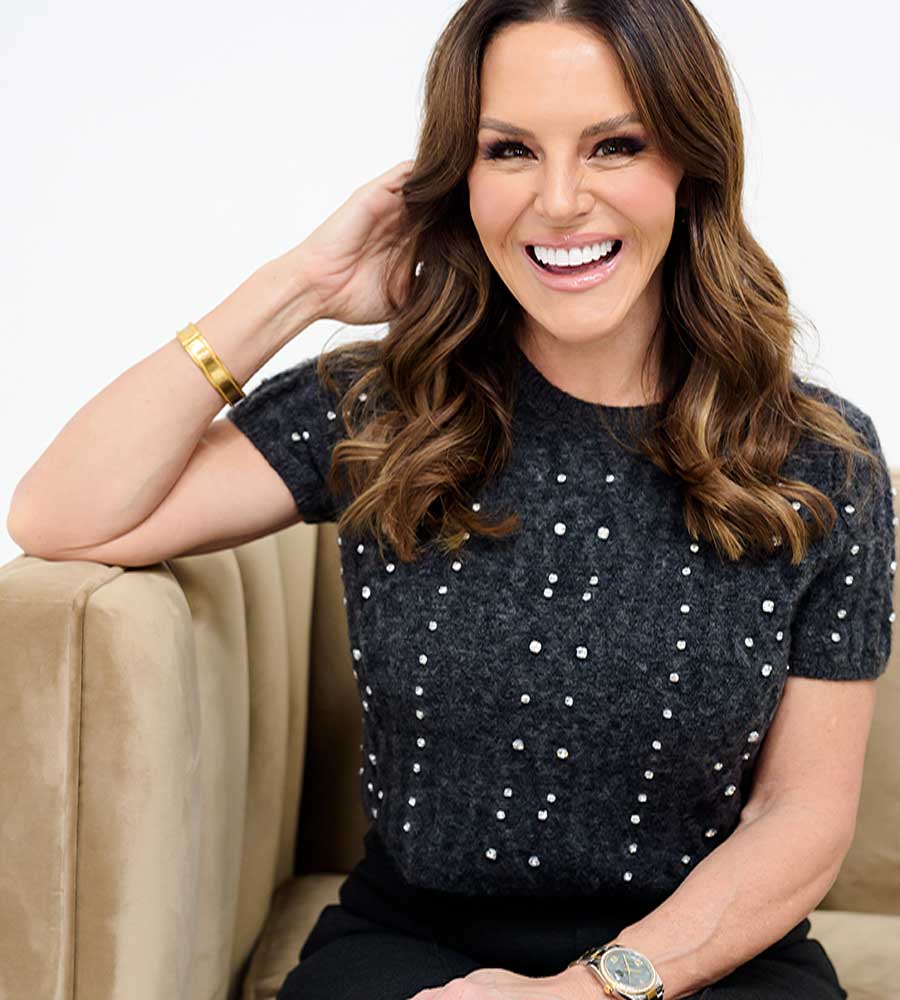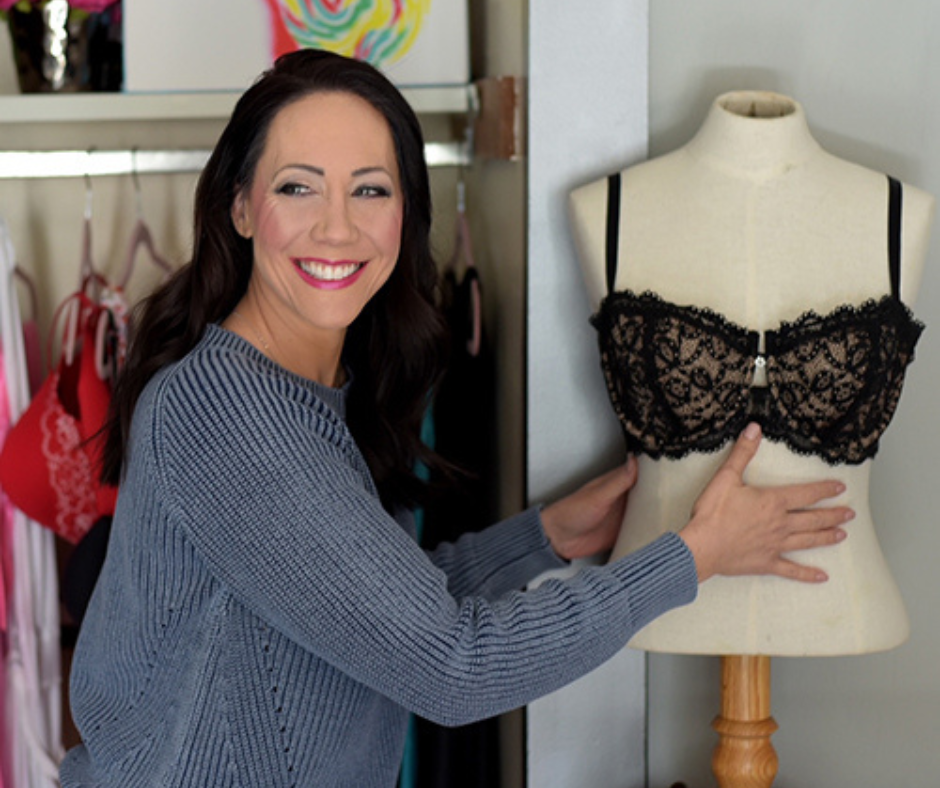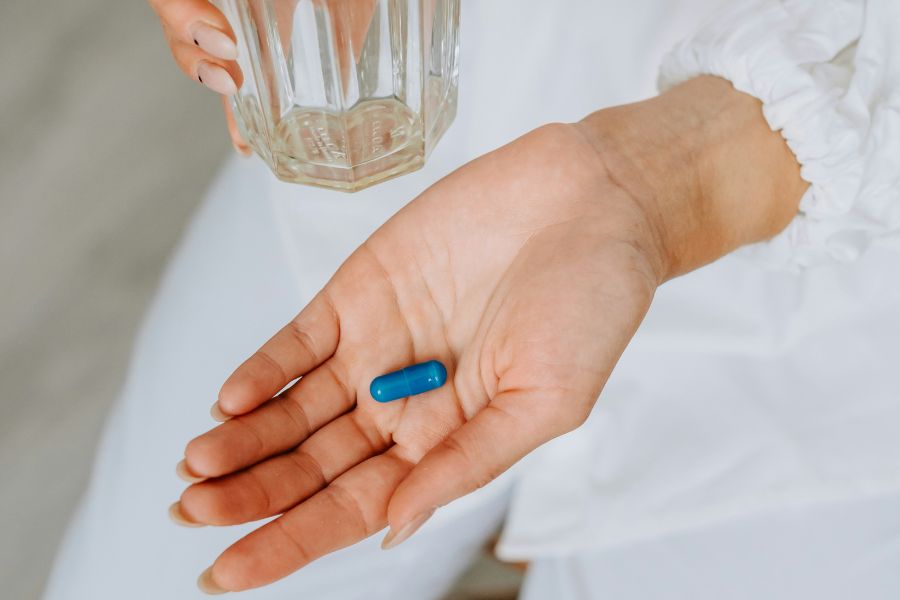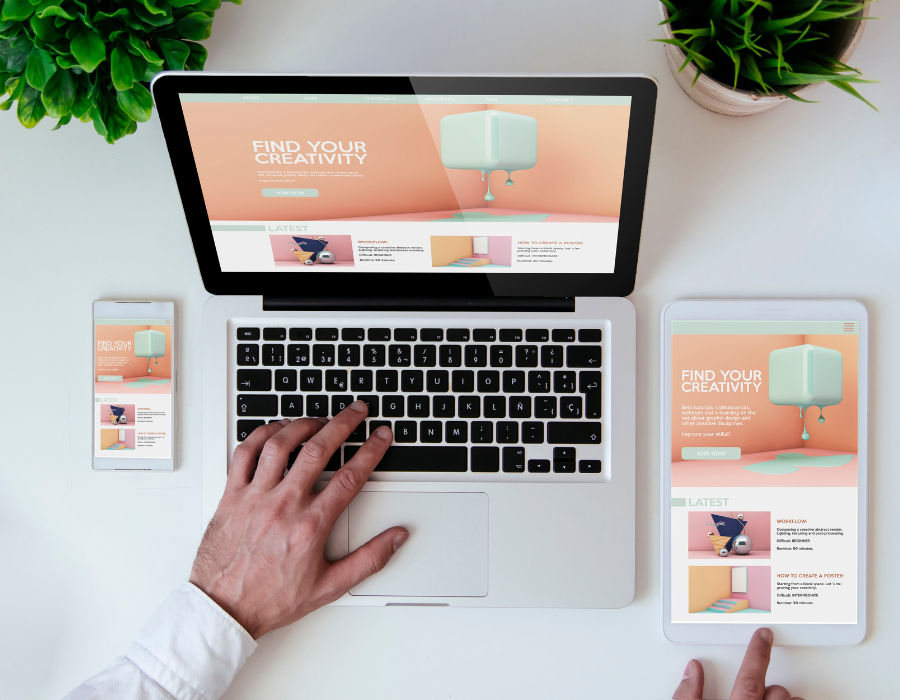Your website should be your hardest-working team member—bringing in leads, building trust, and applying real website conversion tips to turn visitors into clients. But if it’s just sitting there looking pretty (and not much else), it’s time for a strategy shift! Let’s break down exactly what top marketing experts focus on when building websites that convert. No more playing digital dress-up. It’s time your site pulled its weight—and these are the moves that make it happen.
You Might Also Be Interested In:

Why Your Website Matters More Than You Think
In today’s market, your website is your business’ first impression, your storefront, and often your only shot at convincing someone you’re worth their time. Think of it like this: a beautifully designed site that doesn’t convert is like having a boutique with no door.
Yet despite this, too many business owners treat their site like a checkbox: it’s up, it looks fine, it has a contact form—done. But here’s the truth: a high-performing website isn’t just built for looks. It’s built to guide a visitor through an intentional journey, answer their unspoken questions, and lead them directly to your offer.
If your site is confusing, vague, or just too passive, you’re not just missing clicks, you’re missing conversions. But with a few expert-level shifts, you can apply these smart website conversion tips that turn your site into the growth tool it was always meant to be!
Prioritize Clarity Over Clever Messaging
When someone lands on your website, they shouldn’t have to guess what you do. Your homepage needs to be direct, specific, and helpful. This is most important in the hero section, which is the top part of your home page site that appears before someone scrolls.
That The hero section should include a clear, benefit-driven headline that acts like a handshake and an elevator pitch rolled into one that speaks directly to your ideal client. Ask yourself:
- What exactly am I offering?
- Who is this for?
- What do I want them to do next?
This headline is where clarity matters most and should immediately communicate your value.
Now, this doesn’t mean there’s no room for creativity. A memorable slogan or tagline can absolutely work, but it should come after the essentials are in place. Think of it as a supporting actor. It’s great for adding brand personality or emotional pull, but it’s not the one carrying the message.
For example, instead of leading with “Spreading Joy Through Petals,” try starting with something like, “Modern floral design for weddings, events, and same-day delivery.” Then you can layer in your more poetic tagline just below it: “Spreading joy through petals, one bouquet at a time.”
This approach lets visitors know they’re in the right place and keeps them there long enough to care about your brand story.

Treat Your Call to Action Like a Conversation Starter—Not a Closer
Most business owners know they need a call to action. But where a lot of websites fall short is in how those CTAs are actually positioned. They’re either too generic (“Learn more”), too hidden (buried in the footer), or too abrupt—like popping the question before a first date.
A high-converting CTA isn’t just a button; it’s a natural next step in a conversation. It should meet your visitor where they are in their decision-making process. If someone just landed on your site and is still getting to know your business, “Book Now” might feel premature. But “See How We Work” or “Explore Packages” might be the right nudge.
Here’s how to refine your CTAs like a strategist:
- Context matters. The CTA in your hero section might be bold and immediate, while the CTA under your services could guide a visitor deeper (“Compare our offerings” or “What’s right for you?”).
- Tone it in. Match your CTA language to the tone of your brand. A luxury skincare studio might use “Reserve Your Experience.” A creative florist could say, “Start Your Custom Order.”
- Guide, don’t push. The best CTAs build trust by offering value—not pressure. Think of them as invitations, not ultimatums.
The best CTAs don’t just invite action. They reinforce trust, reduce hesitation, and make the next move feel like a natural progression.
Design for User Experience
You don’t need a fancy site to win clients, but you do need a functional one. A smart user experience creates a frictionless path from curiosity to conversion. And with most users browsing on mobile, sloppy layouts or confusing navigation will cost you actual clients.
Here’s what every high-performing site should include:
- Streamlined navigation. Stick to 5-6 core links in your top menu. Use distinct terms that your audience would actually search for.
- Clear hierarchy and layout. Headings should guide the eye. Use section breaks, scannable formatting, and consistent styling to make information easy to process.
- Mobile-first design. Your site should load fast, function cleanly on every device, and keep core content front and center without forcing pinching or scrolling.
- Intentional white space. Crowded layouts look chaotic. Spacing helps your content stand out and makes your site feel professional and not cluttered. Think of it as “breathing room” to allow each section to be easily digested.
- Well-placed buttons with action-driven copy. Replace vague links like “Click here” with direct language like “Book a session” or “Order cupcakes.”
When your design feels effortless, your visitors can focus on what matters: your offer.

Build Trust with Social Proof
Your website has one job: to make people trust you enough to take action. And nothing builds trust faster than seeing proof that other people already have. That’s where social proof comes in—and no, it’s not just about slapping a few five-star reviews at the bottom of the page.
Effective social proof needs a strategy. Place testimonials near your services or next to your CTA, where they can ease hesitation right before someone makes a decision. Use first names and specifics when possible. “Loved working with Sarah!” is fine, but “Sarah’s custom bouquet turned our wedding into a fairytale” is better. If you have recognizable clients, media mentions, or impressive stats (like “1,200 cupcakes sold last month”), showcase them. Trust is cumulative, and every credible detail helps.
Make It Easy to Connect
If someone wants to work with you, don’t make them guess how. Every website should offer a clear, simple way to take the next step without digging through your footer or filling out some mystery form!
Here’s what to include:
- A dedicated contact page. Make it easy to find from your main menu.
- A visible email address. Forms are fine, but give people the option to reach out directly.
- Embedded booking tools. If you use something like Calendly or Square, integrate it into your site.
- A mini-FAQ. Answer common hesitations to reduce friction before someone contacts you.
The smoother the path, the higher the chance they’ll actually click send.
Before You Click Away…
Your website doesn’t need to win design awards. It just needs to help people trust you enough to say yes! Start treating your website like it’s a really good wing-woman: clear, confident, and always knows what to say next. With a few smart updates, your site can stop just sitting there and start converting visitors into clients—one click at a time.
Kimpeccable Designs is the creative heart behind branding and web design for wellness professionals, coaches, and service-based female entrepreneurs. With a love for storytelling and a deep respect for her clients’ missions, Kim turns big visions into beautiful, conversion-ready websites—quickly and intentionally.

Shaylynn Marks
Shaylynn Marks has a BFA in Creative Writing, with poetry and prose published through several journals and sold internationally. She was awarded Runner-Up for Poet of the Year with Poetic Anarchy Press. When she doesn't have a pen in hand, you can find her with a guitar or paintbrush!



























Subscribe so you don’t miss a post
Sign up with your email address to receive news and updates!